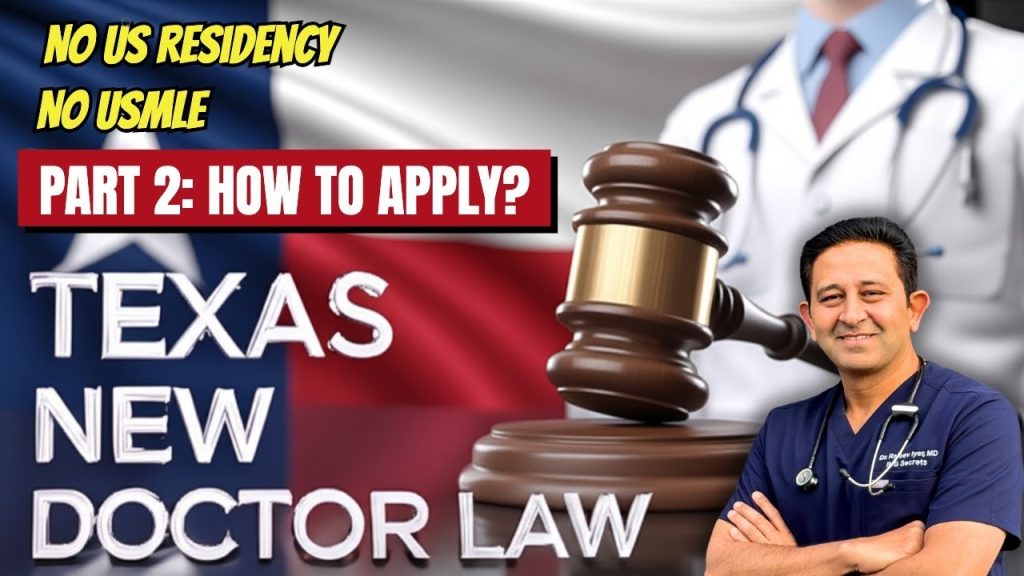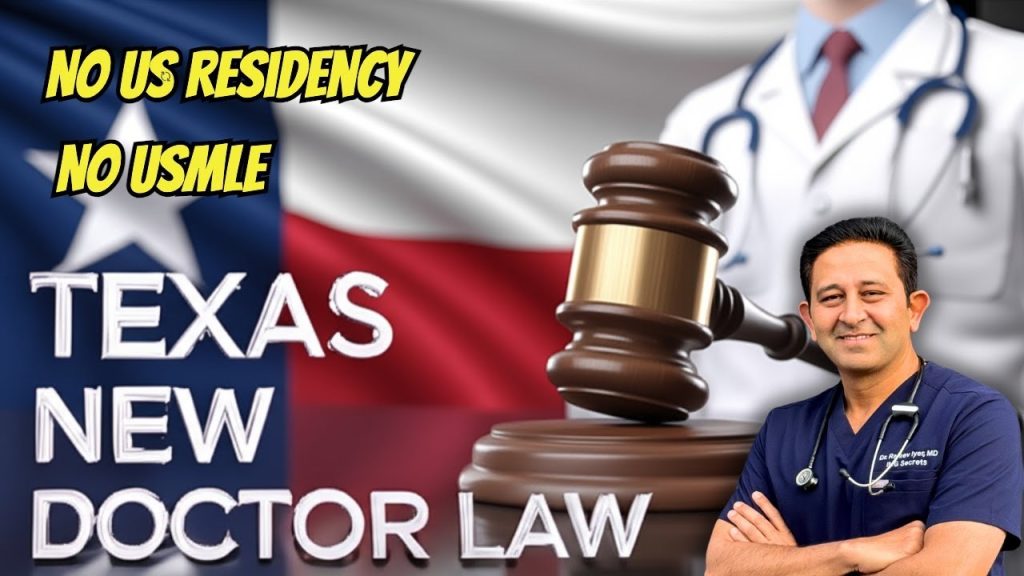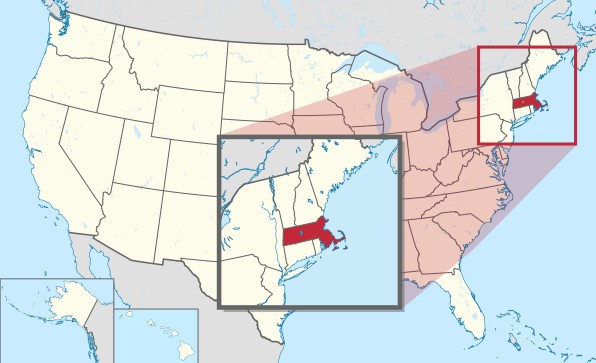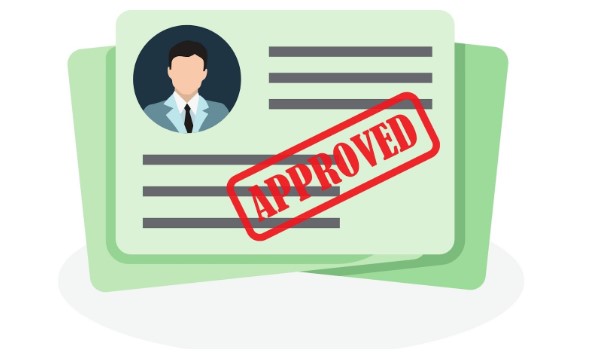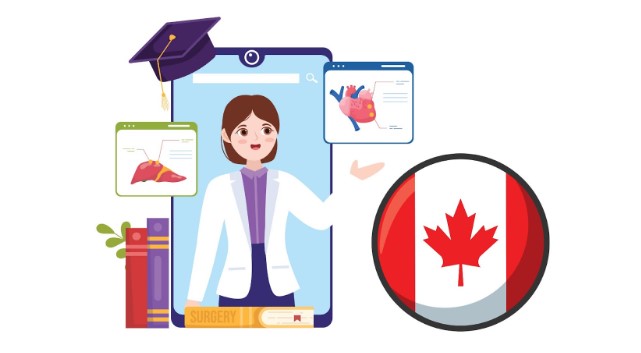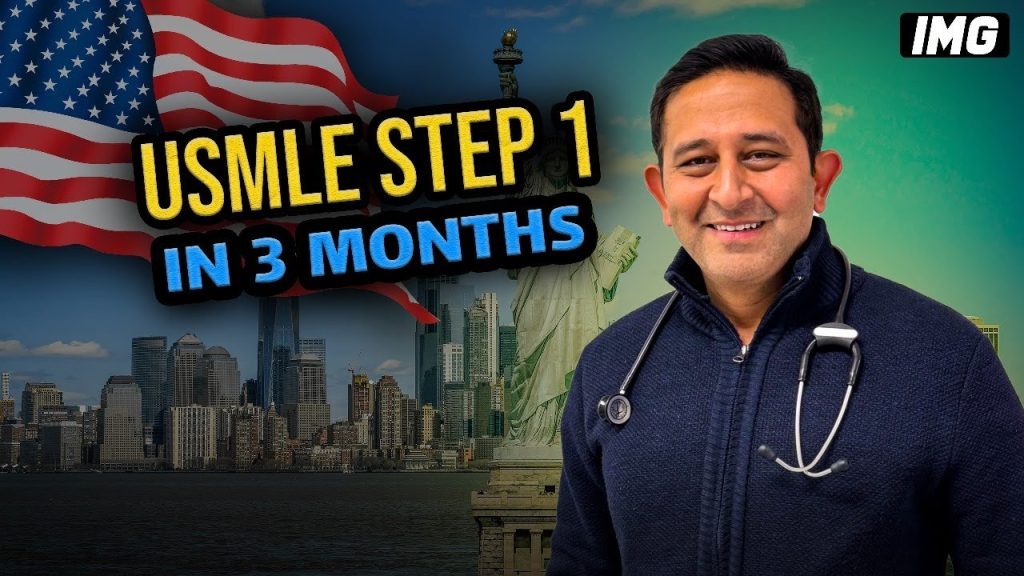Answering IMG Questions About the Texas Doctors Act
HB2038 – Answering IMG Questions About the Texas Doctors Act Since Texas passed House Bill 2038, also known as the Doctors Act, our inbox has been inundated. If you’re an IMG exploring this new pathway, chances are you’ve got questions, and this article has answers. We’ll break it all down: how to apply, who qualifies, what hospitals to approach, and what to expect from the job. Whether you’re a radiologist from India, a general physician from Nigeria, or a specialist in any other field from any other country, this will help you determine your next step. For those interested in the legislative details, you can access the official Texas House Bill 2038 text here. You can also watch the video right here https://www.youtube.com/watch?v=ByAPL-Gp5LUhttps://www.youtube.com/watch?v=SIniAvoebKU How Do I Apply Under HB2038? This pathway applies to all medical specialties and all countries, as long as you meet the eligibility requirements. The most important step? You must have a job offer from a hospital in Texas. It doesn’t matter whether you’re a surgeon, physician, or pathologist. It also doesn’t matter which country you trained in. The core process is the same. Let’s take a real-life example. Suppose you’re a radiologist from India. You’ve: -Completed your MBBS from a WHO-recognized college -Completed your radiology residency (duration, degree type, or WHO recognition of your hospital doesn’t matter) -Been practicing for the last 5 years in that specialty Congratulations! You fit the classic eligibility criteria under the Texas Doctors Act. Now let’s talk about the job. What Position Should I Apply For? This could be: A clinical fellowship An attending physician’s role Or even a newly created job title tailored to your background We’ve already seen examples where hospitals created custom positions for IMG applicants. The key here is to assess your own qualifications and apply strategically. Ensure that you prepare a strong Curriculum Vitae (CV and cover letter, attach all relevant documents, and approach the hospitals professionally. Need help with that? We’ve got your back; book an appointment and we’ll guide you through it. I want to work with Dr. Rajeev Iyer What Type of Hospital Can I Apply To? The bill allows a wide range of facilities to hire IMGs under HB2038, including: University hospitals Community hospitals Standalone emergency care centers Urgent care clinics Of course, whether they’re willing to hire you is a separate matter, but these are all technically eligible under the law. When Should I Start Applying? Now. Although the law will officially roll out on September 1, 2025, getting a job in the U.S. healthcare system can take 4–6 months, even with quick interviews. Paperwork takes time. Start preparing now so you’re ready when the doors open. We recommend applying to jobs and then the license rather than applying for the license directly. I want to work with Dr. Rajeev Iyer Do I Need to Take the USMLE? For the majority of you, this may be true. But here are the two alternatives – HB2038 recognizes alternatives to the USMLE, including the Medical Council of Canada exams and other relevant assessments. For those considered eminent and outstanding, the USMLE may not be required by the hiring hospital, and the State Medical Board may issue a waiver. In our experience, we have seen this across multiple states. If you haven’t taken any exams, you’ll need to present an exceptionally strong application; one that shows your clinical expertise, academic accomplishments, and ability to contribute from day one. Want to explore how IMGs are navigating licensing without USMLE in other U.S. states? This guide to alternative IMG licensing options breaks it down state-by-state. How Much Experience Do I Need? According to the bill, you’ll need at least 5 years of clinical experience in your specialty after residency. What If I Didn’t Do Residency? If your country allows you to practice medicine directly after completing medical school (like in India), and you don’t have PG/residency training, there’s still a way. You can apply for a provisional license, but you must have: – Graduated from a WHO-recognized medical school – 10+ years of clinical experience post-graduation – A Texas hospital is willing to hire you Some states also offer alternate entry paths for IMGs without formal residency. This IMG success guide walks you through how they work and how to qualify. I want to work with Dr. Rajeev Iyer Are There Any Other Exams? Yes; you’ll need to prove English proficiency. While the law doesn’t name a specific test, the Occupational English Test (OET) is the most likely requirement. Will This Be a Paid Job? Yes, this will be a paid position. Your salary will depend on: – Your role (fellow vs. attending physician) – The hospital is hiring you – Your experience level Generally, these positions should offer a salary that enables you to support yourself and your family. Is This Only for U.S. Citizens or Green Card Holders? No. You can be: – A U.S. citizen – A green card holder – Or an IMG from any country with no limitations to obtain the visa As long as you get that job offer from a hospital, you’re good to go. Does a Research Fellowship Count? Nope. HB2038 is about clinical roles only. Research positions do not qualify for a provisional medical license. How Long Before I Get a Full License? You can work under a provisional license for up to 3 years. After that, you may be eligible for a full, unrestricted Texas medical license, depending on performance and evaluation. Are There Country Restrictions? No country-specific restrictions have been mentioned in the bill. If your medical school is WHO-recognized, and you meet the other criteria, you’re eligible, regardless of where you trained. What About Dentists? As of now, dentists are not included under this bill, except possibly for those in oral and maxillofacial surgery, which often bridges the gap between medicine and dentistry. If you’re a dentist looking to explore your options, our dental expert can help. Book an appointment, and we’ll connect

